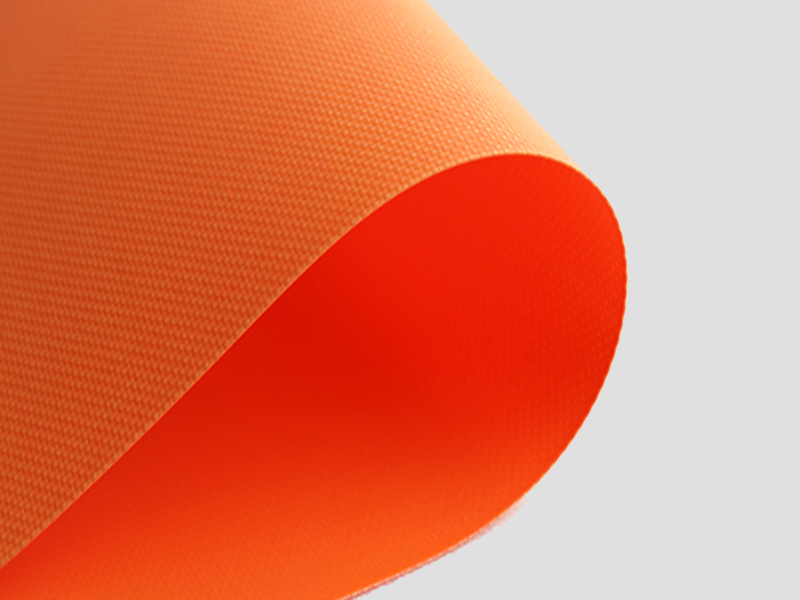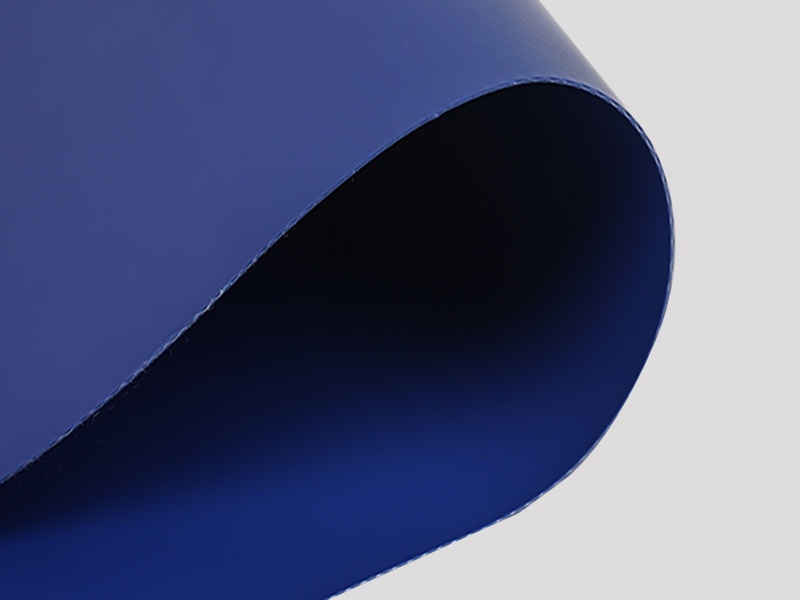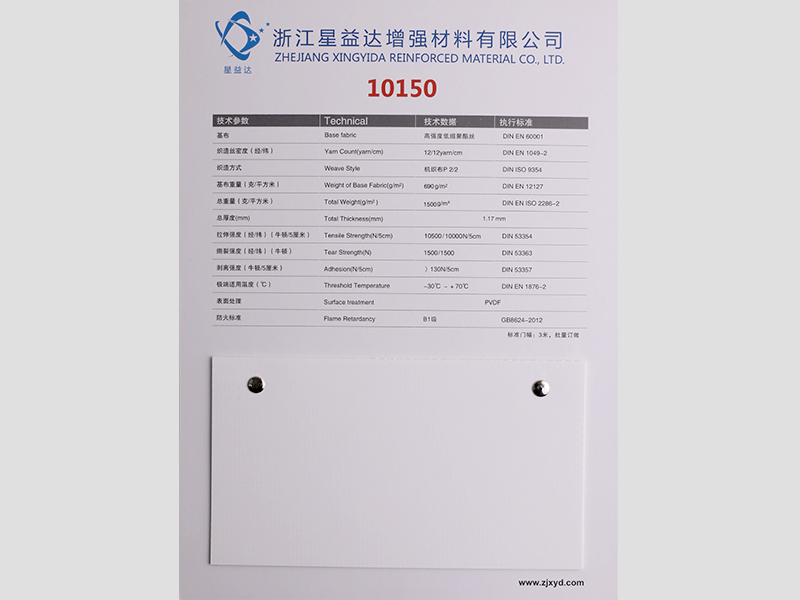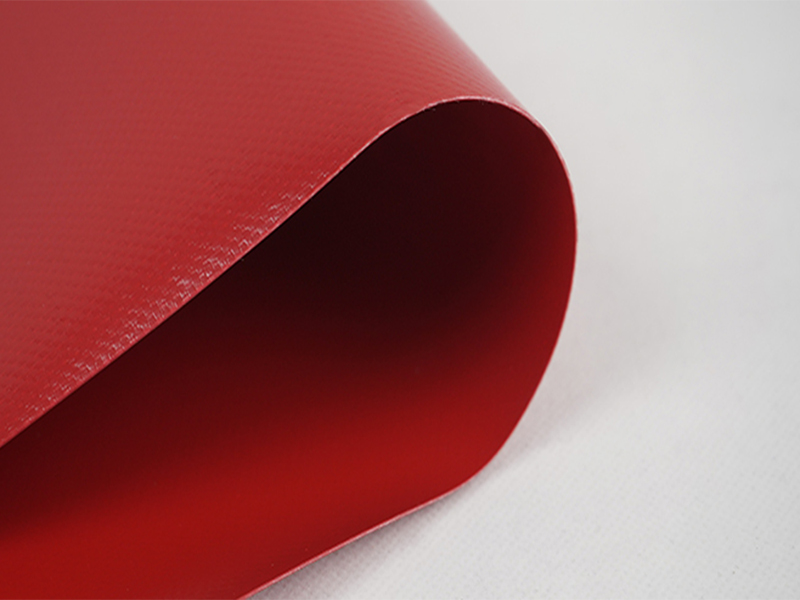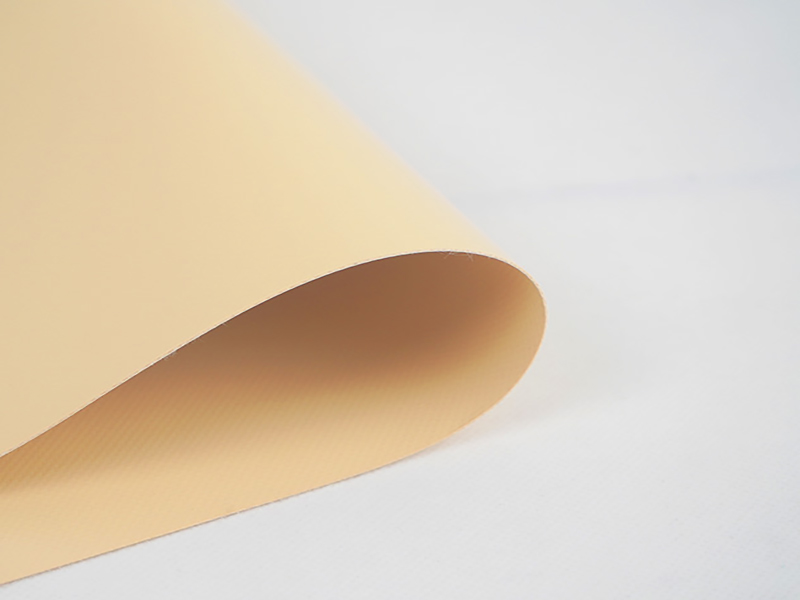Increased requirements and types of flame retardants in the manufacture of tarpaulins
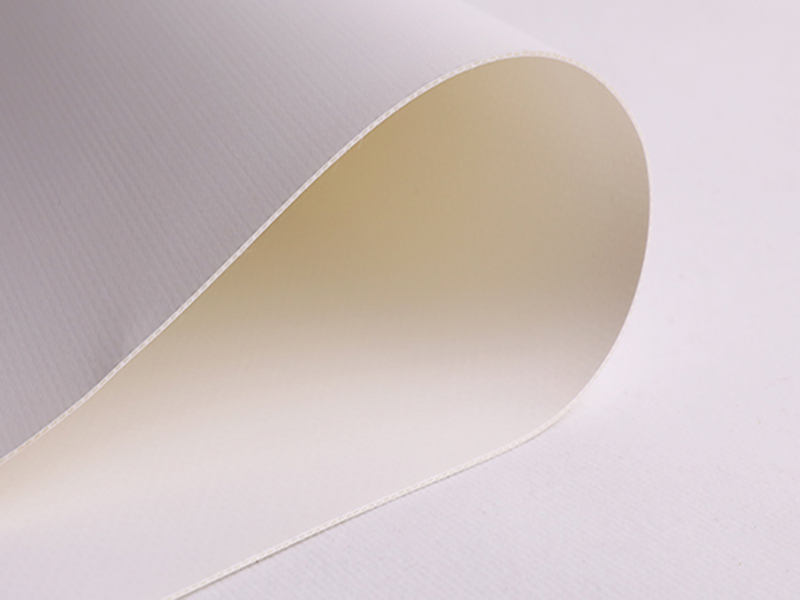
Wholesale plastic tarpaulin manufacturers say that when manufacturing tarpaulins, in order to enhance its fire resistance, they will add some flame retardants to them. However, the flame retardants selected during the increase meet the following basic requirements:
1. Low cost; 2. Low toxicity, no toxic gas generated during incineration; 3. No differentiation at processing temperature; 4. Small dosage and large effect; 5. No change to the inherent excellent properties of the original material; 6. Synthetic fibers have good compatibility.
According to relevant sources, there are many substances that can be used as flame retardants, such as alkyl phosphates: tributyl phosphate, tris(2-ethylhexyl) phosphate, tris(2-chloroethyl) phosphate Ester, tris(2,3-dichloropropyl) phosphate, tris(2,3-dibromopropyl) phosphate, Pyrol99, etc.; aryl phosphate: toluene-diphenyl phosphate, tricresyl phosphate, Triphenyl phosphate, (2-ethylhexyl)-diphenyl phosphate, etc. Dicyclopentadienes: Chlordane anhydride, etc. Aliphatic halogenated hydrocarbons, especially bromides: dibromomethane, chlorobromomethane, dichlorobromomethane and octabromodiphenyl oxide, pentabromoethylbenzene, tetrabromobisphenol A and other aromatic bromides and other halogenated substances . In addition, there are tris(dibromopropyl) phosphate and halogenated cyclohexane and its derivatives, decabromodiphenyl ether and its derivatives. Inorganic flame retardants include tellurium compounds, aluminum hydroxy, magnesium hydroxide, borate and the like. Organic nitrogen-based flame retardants such as triazine and its derivatives, melamine, etc. are not ideal when used alone, but they can have a synergistic effect when used in conjunction with phosphorus-based flame retardants. There are two types of composite flame retardants. One is a compound flame retardant that is mechanically mixed with two flame retardants; the other is a compound containing nitrogen and phosphorus at the same time. The former is a flame retardant composed of melamine and polyphosphate, and a flame retardant composed of urea, dicyandiamide and phosphate; the latter is a melamine salt of pentaerythritol phosphate, cyclophosphamide polymer, etc.




